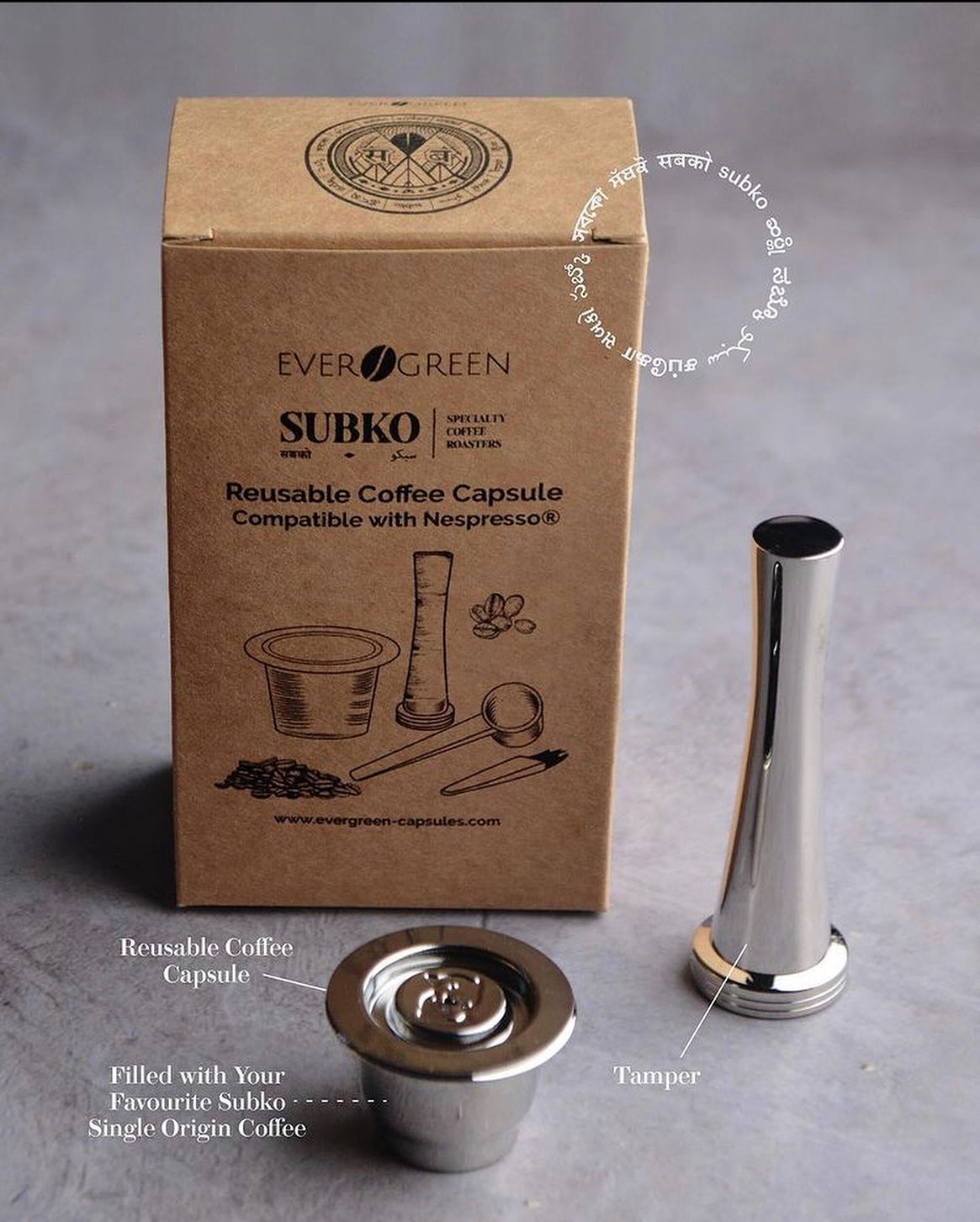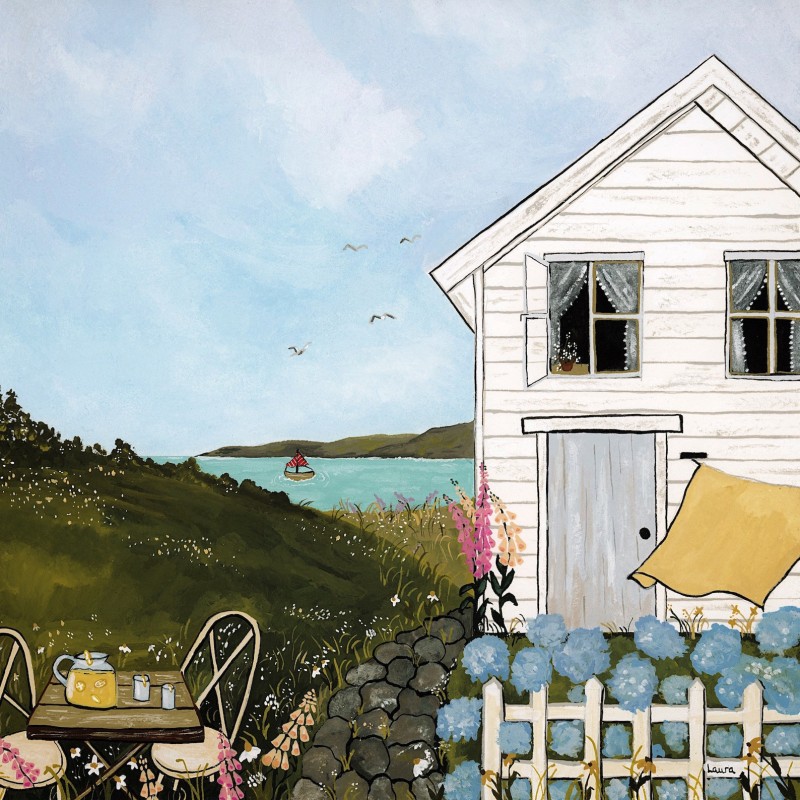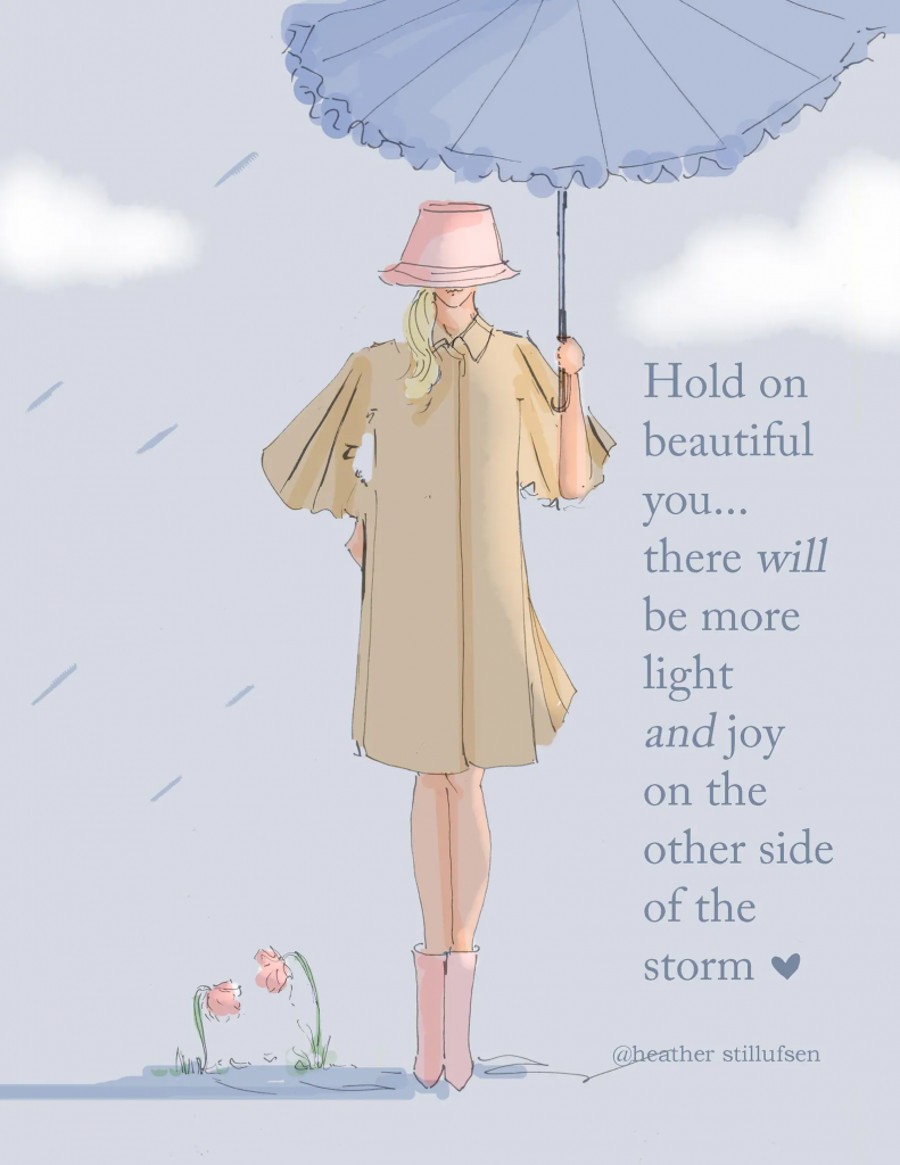Simple Swaps for Greener Photography
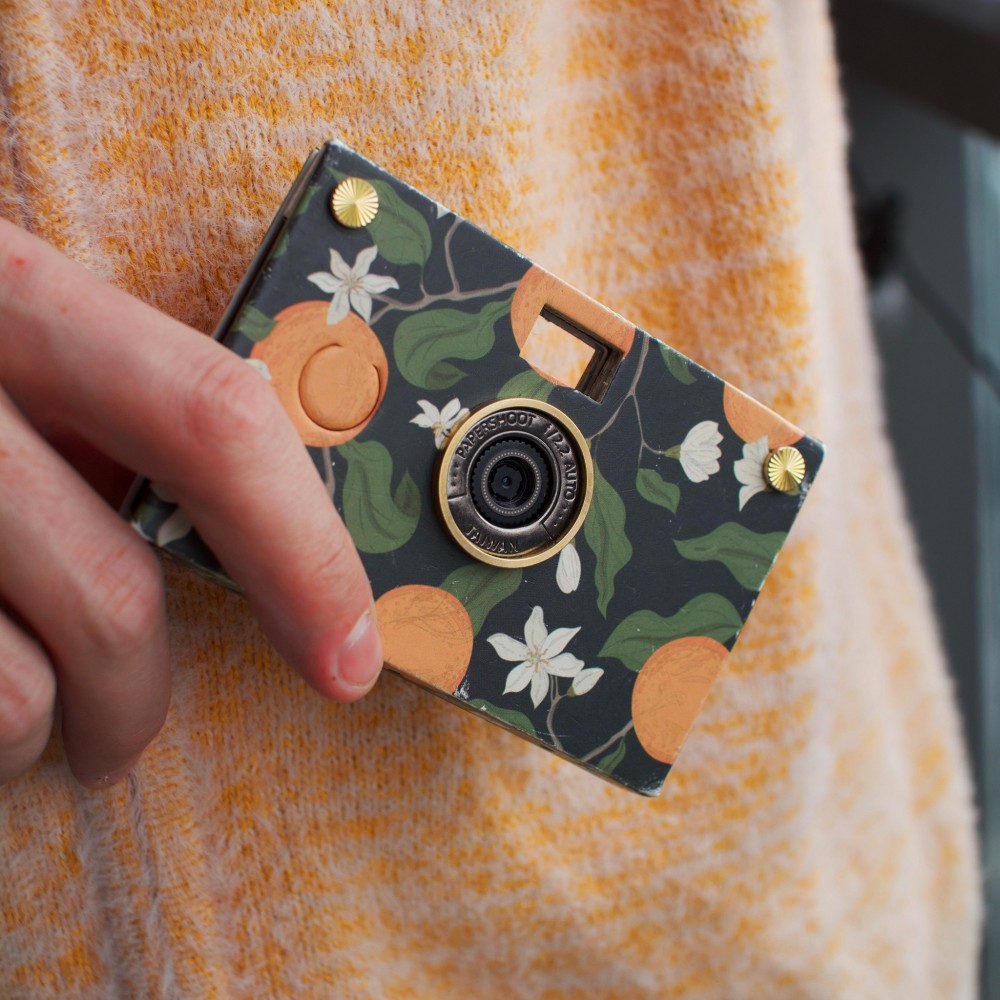
Paper Shoot Camera is a Texas company that has created the world’s first eco-friendly digital camera, made from recycled materials and encased in stone paper (compressed limestone & biodegradable resin) making it water-resistant.
Never disturb any wild birds or creatures (nor use flash photography). Stay well away and use a zoom lens. If the creature is looking at you, you’re too close.
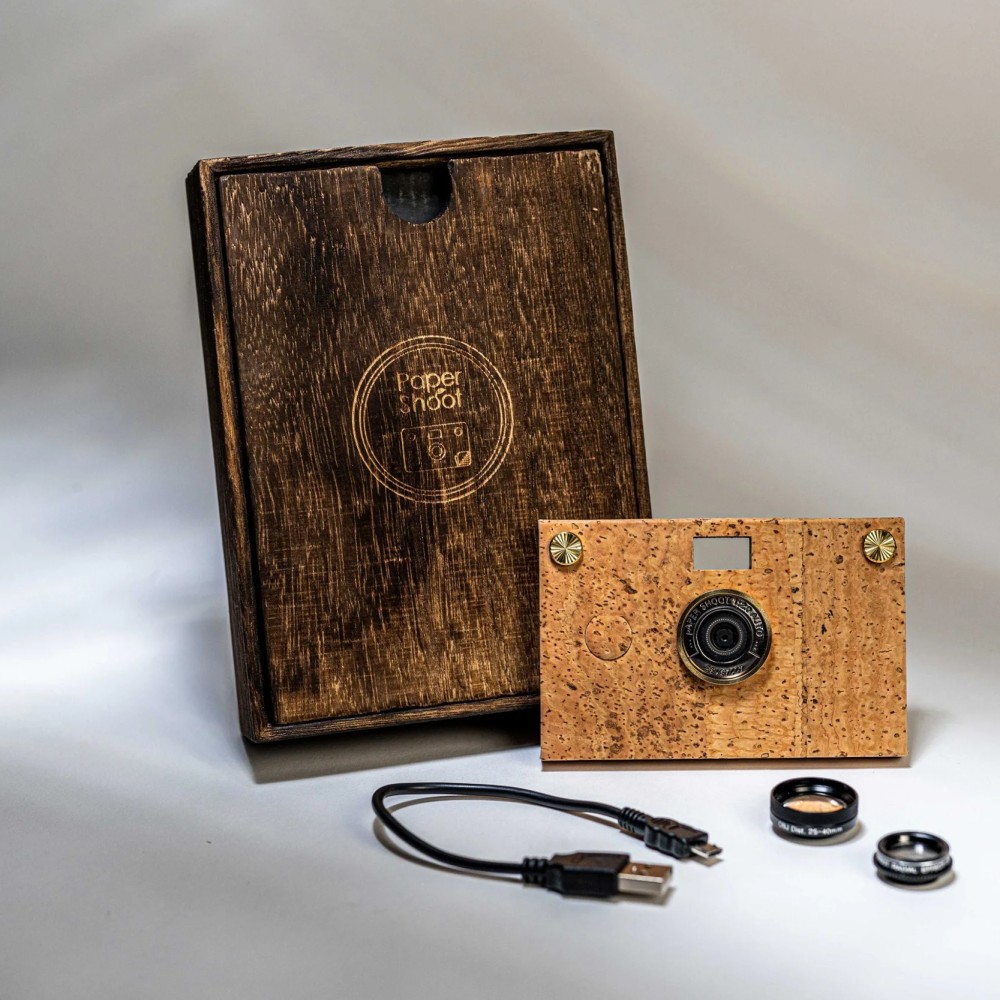
The ‘vintage leather’ designs are made with vegetable leather. Switching to digital eliminates photography paper (a few brands are vegan).
This camera is compact enough to fit in a small bag, and features filters to take photos in colour, black & white, sepia or cool tones.
One investment of around £140 gives years of use (making it cheaper than disposable cameras long-term) and you can upload photos using the included SD card to your phone or photo. Keep the rechargeable batteries away from heat, light & metal items like coins.

This camera is a step-up from using your phone to take photos, for a simple point-and-shoot alternative to a quality basic digital camera. Packed with features for the amateur to take good photos.

You can also use the shutter button to take time-lapse photos & videos, and the camera replaces a built-in flash with a detachable ring light. Made ethically in Taiwan (the founder is a resident paper engineer), the company remains small (just 12 employees).
Eco Alternative to Disposable Cameras
Posable is an eco-friendly alternative to disposable cameras, ideal for big events like weddings. Just sign up and order how many you want, then you’re sent the cameras (they don’t have screens).
Guests then take photos, and the cameras are sent back with return postage. You are then sent an online gallery of your photos to pick out the best ones to keep.
In northeast England, you can visit Camera Donation Project to find details of how to pass it on to someone who will use it. You can deposit camera batteries at any battery recycling bank across the country.
Cute Eco Digital Cameras for Children
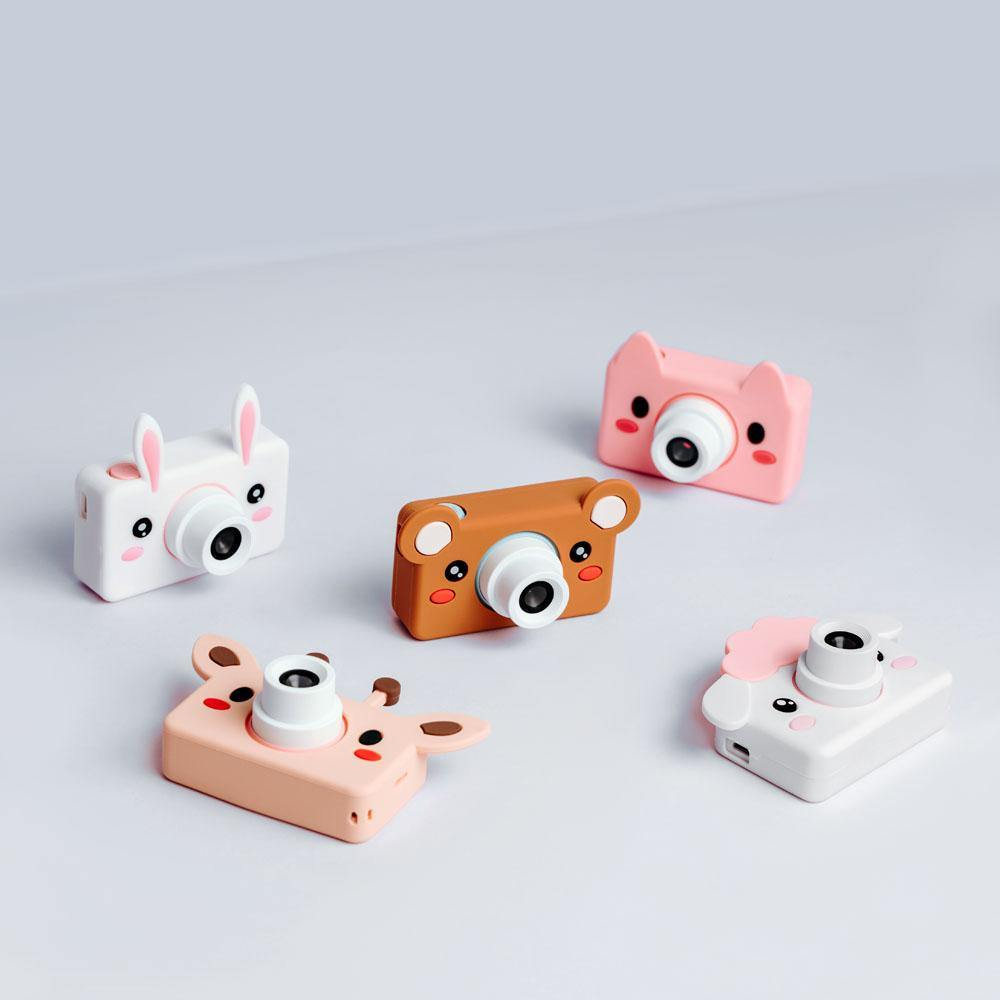
These eco digital cameras for children are from a French company that create the cameras with animal designs, to foster a child’s interest in nature. A tree is planted, for each camera sold.
The cameras are tested to meet safety standards for electronic and toy products, and the body and case are free from toxic chemicals. Keep small parts and batteries away from children and pets. Follow age range guides for safety.
Never disturb any wild birds or creatures (nor use flash photography). Stay well away and use a zoom lens. If the creature is looking at you, you’re too close.
The cameras are super-light and made for children’s hands, for less chance of falling. And if it does, the super-cute covers absorbs the shock, so cameras hopefully don’t get damaged. The photos can even be edited by small photographers, with various premade layouts and templates.
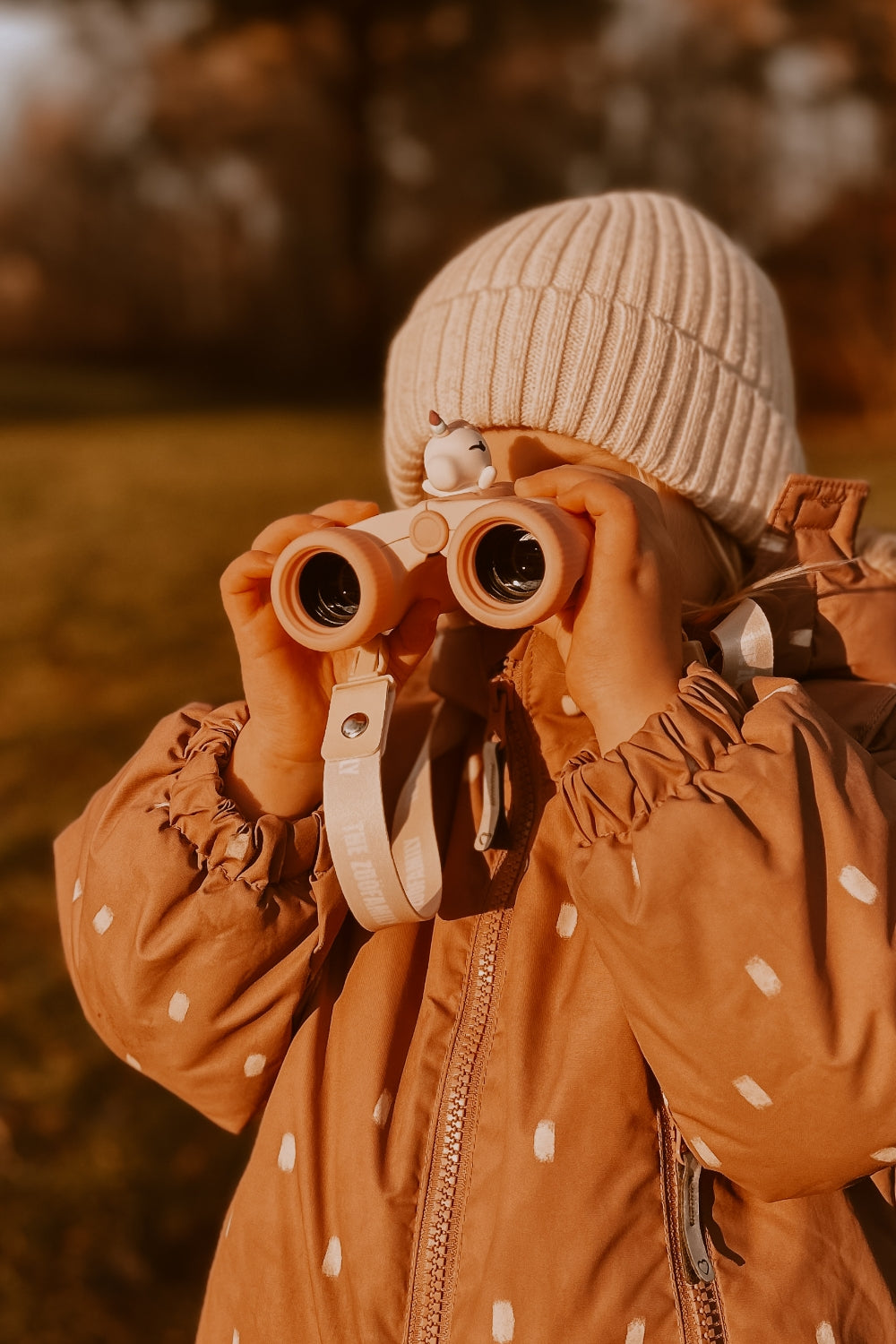
The cameras are sold in various fun colours and designs, with matching silicone camera bags. Plus you can buy matching fun animal-themed child binoculars.
In northeast England, you can visit Camera Donation Project to find details of how to pass it on to someone who will use it. You can deposit camera batteries at any battery recycling bank across the country.
Volunteer for Operation Photo Rescue

If you have photographic skills, volunteer for Operation Photo Rescue. This worldwide outfit lets people whose photos have been ruined through fire or flood, to be restored to their former glory, at no cost.
An ideal way to help if you’re a photographer, graphic designer or image restoration artist. Insurance can cover natural disasters and house fires, but can’t restore photos.
For a paid service, Photographs Forever can restore photos that are faded or discoloured or accidentally ripped in half. These experts can also remove spots, stains, marks, creases and tears, as well as digitally remove mould damage and improve contrast etc.
How to Restore Old Damaged Photos

If you have lots of old family photos that are not in good condition, this company will take damaged photos and restore them, by removing scratches and dust, and repairing missing parts, to bring old memories back to life.
You can be sent a preview of your fixed image before purchase. Here are some of the artist’s work:
For lots of photos in bulk, you can them to Vintage Photo Lab (there’s always a risk, but they’re just photos), and they can return you a lovely digital album of all your shots, which you can then store to a disk or on the cloud, for safekeeping.
This company can take old faded photos, slide disks and vintage albums, along with old scrap books and telegrams.
Don’t get sentimental about throwing out photos you no longer need or like. Nobody needs to keep photos of chopped-off heads or clouds from aeroplanes.
And sometimes having a little ‘blessing ceremony’ and just releasing photos from past relationships etc, can help you to move on.
Nothing bad will happen. Consider all the photographs in newspapers and magazines, that are recycled each day. They get tossed in recycling bins.
Just keep the photos you love, and display them where you can see them. Rather than have loads of dusty photo albums, that are never looked at.
Respect Wildlife, When Taking Photographs
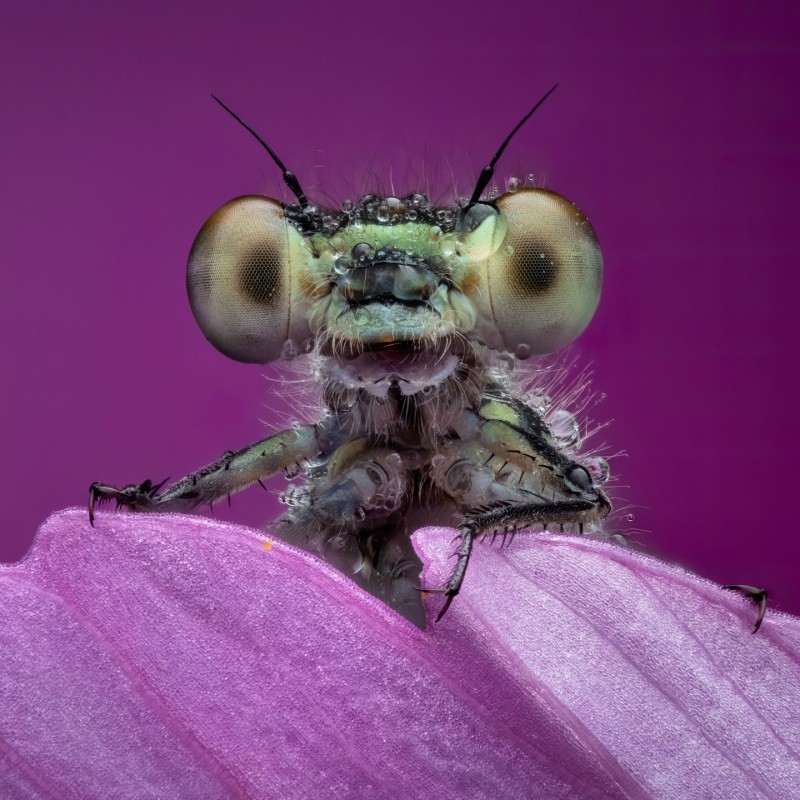
Lee Frost – this is a dragonfly
If you adore wildlife, then it pays not to encourage creatures to start feeding from your garden, or throwing bread to swans (encouraging them to come near dogs). Feeding seagulls steers them away from the sea, and near road traffic and litter.
Never disturb any wild birds or creatures (nor use flash photography). Stay well away and use a zoom lens. If the creature is looking at you, you’re too close.
- Never get too close to wildlife. Nor use magnifying glasses (these can ‘cook’ creatures). Instead, use a good pair of binoculars, to view from afar.
- Animals don’t run on our schedules. They prefer moving when humans are quiet. That’s a good indication that they prefer you not to disturb them.
- Wildlife will vanish if you stand out or make noise. So wear dull, green or brown shades, and wear sturdy shoes.
- At the seaside, the best way to help native seals and other creatures, is to leave them alone. Spooking such creatures can cause seal pups to drown, or parents to abandon.
- Use zoom lenses (avoid noise and flash photography, which can kill some creatures).
- Never do anything to stress any creature or damage its habitat. If you see chicks in a nest or a basking seal looking at you, you’re too close.
- Frozen posture, retreating, or agitated calls mean it’s time to back away.
- Stay quiet, move slowly, and never block an animal’s route or view. Interrupting feeding, nesting, or raising young can put animals at risk.
- Feeding wild creatures can make them sick. If fed too much, creatures become tame and start approaching people, which leads to dangerous encounters.
- Stick to marked paths to protect plants underfoot.
- .Take all rubbish with you. Don’t disturb nests or burrows.
- Report injured or trapped animals to wildlife rescues.
Raising Awareness for Wildlife Conservation
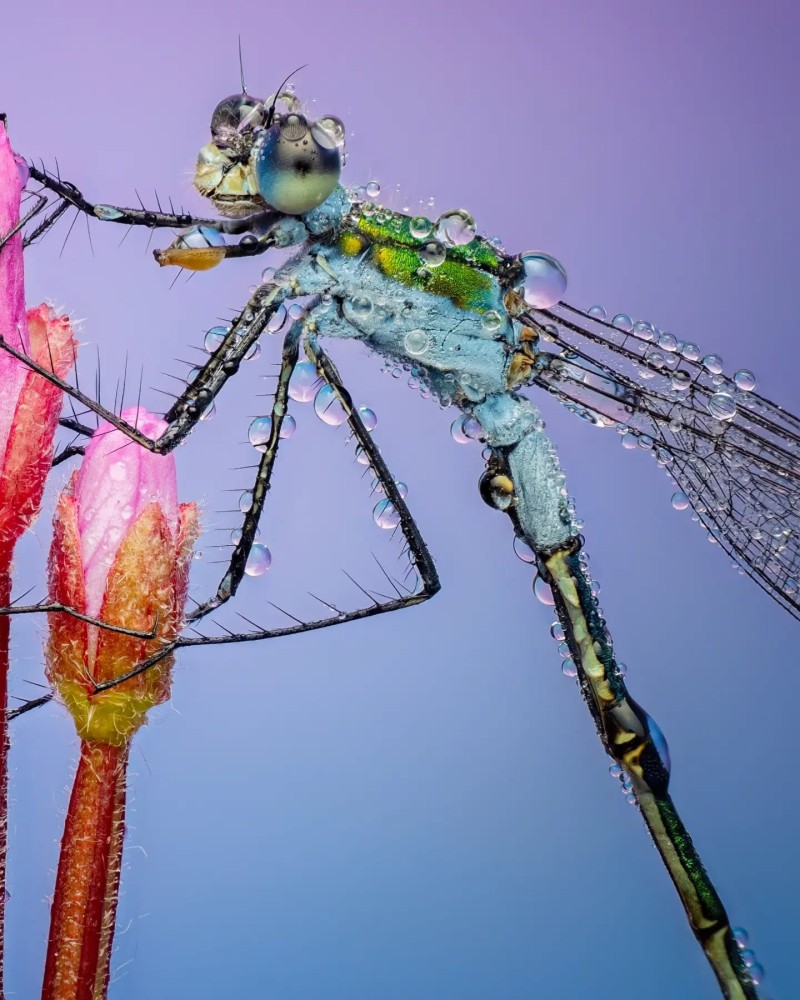
and this is a damselfly! Lee Frost
Wildlife faces pressures every day—loss of habitat, pollution, and poaching. Your camera can bring their struggles and beauty to the public eye. Photos connect people to distant animals, they may never see in real life.
Talented photographers can show what’s at stake, in a way that an environmental campaigner shouting from a podium never can.
Remember the photograph of the sea turtle caught in fishing net? The photographer immediately untangled the creature after taking the photo to highlight the damage.
Use Photographic Skills to Help Animals
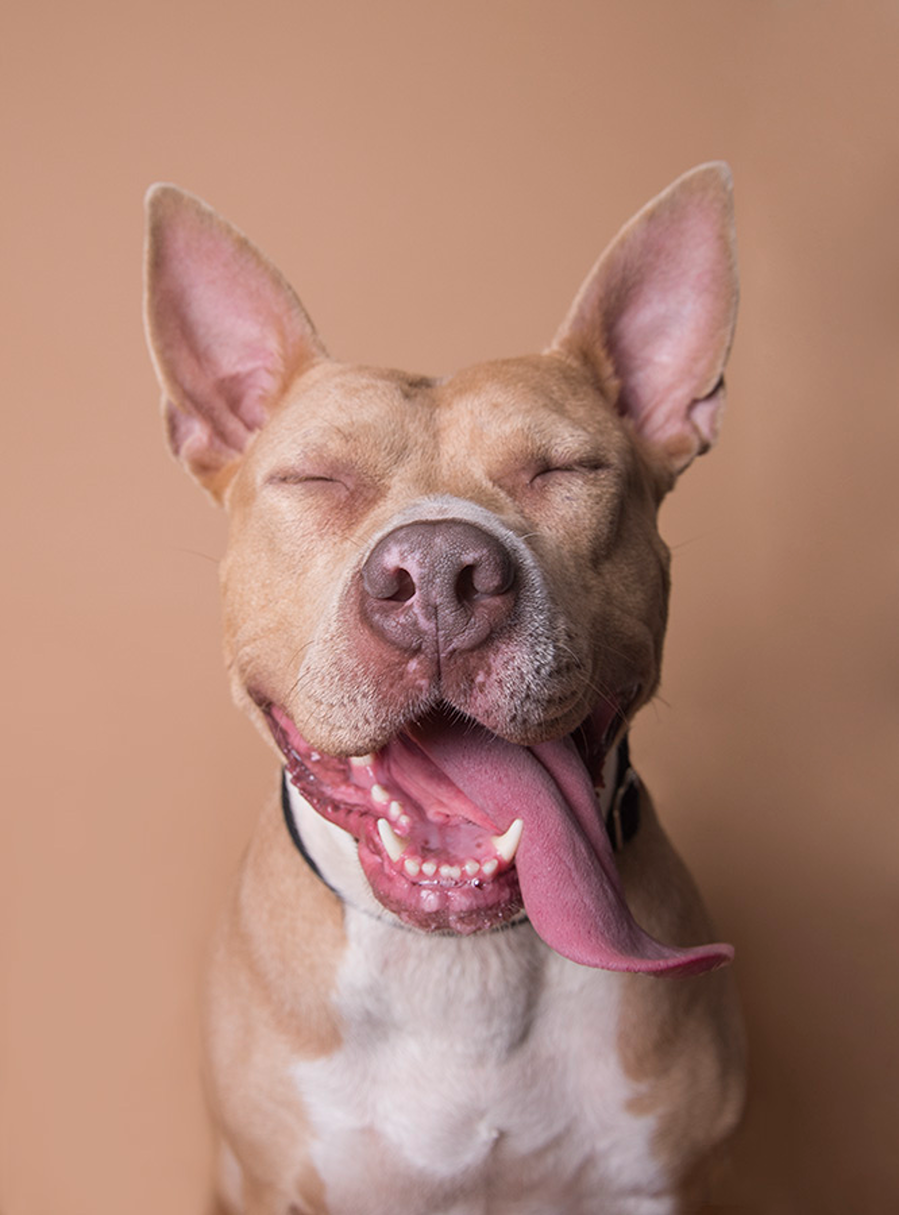
Often kind volunteers at animal shelters take terrible photos! So on a serious note, talented photographers can help up adoption drives by showing animals in a different light.
Be careful not to startle pets with stark backgrounds, noise or flash photography. Keep sessions short and watch body language – if an animal seems tense, back off.
But photos of miserable-looking animals with murky backgrounds don’t help.
Sophie Gamand has good tips (that’s one of her subjects above!) Keep pets away from toxic plants, even though flowers may look nice.
It’s important to read her tips, as shelter dogs act a bit different. If they are locked in a cage most of the day, they can go a bit nuts if brought out to play and have photos taken. Some may go a bit nuts, others may be over-excited to see you!
Also some dogs may have guarding behaviours or allergies, so be aware of this, before taking any photos or using treats or toys. It’s not a good idea to dress pets up, for obvious reasons.
One portrait Sophie took of a blind senior dog who kept facing the wrong way, went viral after she just went with it as a comedy statement. Of course the lucky pooch found her forever home!
Mutley’s Snaps has good tips for other pet photographers (his work is beyond amazing!) His happy staffie photos show adorable friendly dogs, and they are made into an annual calendar, which helps to raise funds for a local animal shelter.
Bored Panda has a great page of before/after photos, to show the difference to potential adopters, when a professional photographer gets on board, showing animals in their true light.
Again, this site has wonderful tips for potential pet shelter photographers, to keep the animals both comfortable and to help promote your cause.
Hearts Speak is an organisation dedicating to changing the way, that people view shelter pets. It lists photographers who do this kind of work, using their art to help happy adoptions from shelters.
Photo Frames (made from elephant dung!)

Paper High sells these beautiful photo albums, made partly with elephant dung. These albums have a serious side. Abroad, wild elephants are often harmed, due to trampling on crops. So by paying local villagers to collect the dung, they see elephants as income opportunities (and friends) rather than competing for food.
And as the average elephant eats around the same as us chomping down 300 cans of baked beans each day, that’s a lot of dung!

There are also photo albums, to display everyday or wedding photos. Each album has unique flecks, depending on what your elephant friend ate that day!
You are also helping to provide income for a mostly female team of artisans in Sri Lanka who produce the beautiful albums, each one filled with 35 pages of handmade paddy husk paper (a by-product of the rice-milling industry).
Wedding Photo Albums (made from elephant poo!)

Here’s a lovely unique way to display your zero waste wedding photos, while helping our elephant friends at the same time.
Paper High makes photo albums and photo frames, made from a blend of recycled paper and elephant dung! So each album has unique flecks, depending on what your elephant friend ate that day!
These albums have a serious side. Abroad, wild elephants are often harmed, due to trampling on crops. So by paying local villagers to collect the dung, they see elephants as income opportunities (and friends) rather than competing for food.

And as the average elephant eats around the same as us chomping down 300 cans of baked beans each day, that’s a lot of dung! Read more on how to help save endangered elephants.
You are also helping to provide income for a mostly female team of artisans in Sri Lanka who produce the beautiful albums, each one filled with 35 pages of handmade paddy husk paper (a by-product of the rice-milling industry). It’s acid-free and interweaved with tissue paper, to protect and preserve your memories).
The albums are sold in 3 sizes (which hold 70, 140 or 210 photos ox 6 x 4 inches, depending on your choice). Each album also features a beautiful brass elephant on the cover. To avoid glue, you can add a pack of clear self-adhesive photo corners to your order.

The albums are sold with matching photo frames, which have attached stands for portrait or landscape orientation on a flat surface. They have no glass/plastic windows nor fiddly hooks (just slot photos in the discreet slot). Each frame again is finished with a hand-crafted brass elephant.
Alternative Ideas for Wedding Photos
Gift a talented friend or with eco digital cameras to hire photos for you. If a few people take them, there is less chance of each one coming back, where someone forgot to take the shutter off!
After use, just upload photos using the SD card to your phone or Wedibox. Keep rechargeable batteries away from heat, light & metal.
The other alternative is Posable, where you order a chosen amount of digital cameras, that guests can use to take photos, then they are dropped off at your local post office, to receive a gallery of photos to choose from. The basic package costs less than hiring a photographer.

